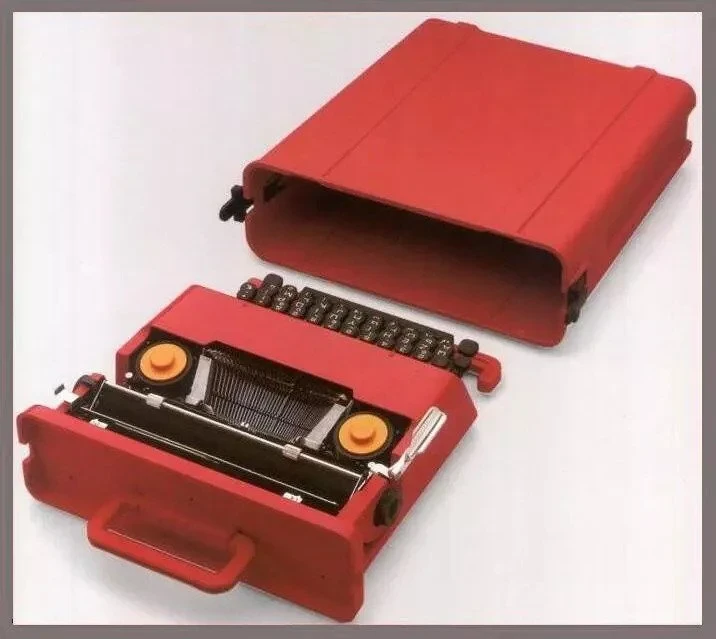Artist and head of the Memphis design group in the 1980s, Ettore Sottsass was a man of many talents. He was skilled at getting to the heart of his designs and revealing the poetry inside them. He worked hard throughout his career to break new ground and encourage his colleagues designers to go beyond the box.

Ettore Sottsass was born to an architect father in Innsbruck, Austria in 1917. Having been raised by his father who was deeply involved in an artistic field, Ettore Sottsass from a young age nurtured a fascination in how things worked. After relocating to Turin, Italy with his family, he studied architecture at Politecnico di Torino and graduated in 1939. Sottsass served in the Italian armed forces during World War II, but he was eventually taken prisoner by the Germans in 1943. He was taken hostage in a Sarajevo detention camp and managed to make it through the war. He moved to Milan in 1946 to work as a curator for the Triennale and write for Domus after the war's end. When he met designer George Nelson on his first trip to New York in the '50s, he realized that design was where he wanted to put his efforts.

After returning to Italy, Sottsass worked as the art director at Poltronova, before switching to the electronics branch of Olivetti in 1958. There he created the Elea 9003 mainframe computer and the Valentine typewriter, two of his most recognizable works. Throughout the 1960s, he continued to explore new materials and shapes, eventually creating the iconic "Superboxes" storage units. These creations were the precursors to the postmodern, avant-garde aesthetic of the Memphis movement he founded in the 1980s. MoMA's "Italy: The New Home Environment" exhibition from 1972 included a number of breakthrough concepts by Sottsass, including his suggestion for a movable furniture unit. His influence on design can't be overstated, and he's still seen as a pioneering innovator today.

Memphis, a design movement that questioned established norms, was conceived in December 1980 in the Milan apartment of Ettore Sottsass. The group, which included Michele de Lucchi, George Sowden, and Nathalie du Pasquier, used inexpensive materials like plastic to create striking pieces that make use of bright colors, graphic patterns, and unconventional shapes. The Memphis group first showed their new imaginative designs in the 1981 Salone del Mobile in Milan, where they soon gained a reputation for innovation and a bold new look. After leaving the collective in 1985 to pursue architecture, Sottsass staged Memphis's first U.S. exhibition that same year. His firm, Sottsass Associati, is still in operation today. His impact was felt in many creative fields, not only building and design.
Ettore Sottsass's insatiable curiosity led him to seek out and draw ideas from a wide range of disciplines, including literature, anthropology, ethnography, and archaeology. The likes of Bob Dylan, Pablo Picasso, and Robert Mapplethorpe were among the many celebrities he photographed and socialized with. Sottsass thought that travel strengthened his convictions and prompted him to abandon those that didn't make sense. India had a special allure for him, and he began to see the sacred in seemingly mundane things there.

Sottsass's classic Valentine typewriter for Olivetti exemplified his concept that design should foster a profound connection with the world. It wasn't made for some boring workplace, but rather to spark imagination and joy. The bright orange lids, matte plastic exterior, and chamfered edges all work together to provide for a fun and engaging tactile experience. Sottsass saw design as a quest for life and vivacity, amassing forms, hues, and symbols that reflected the shifting iconography of the century.

Memphis today is having a bit of a resurgence; reissues are fetching premium prices, and the movement's aesthetic has clearly had an impact on contemporary artists and designers. More than merely functional items, the things designed by Sottsass evoked feelings in their users thanks to their dense symbolism and historical and cultural connections. The most important thing Sottsass did was get people thinking critically and creatively about physical things.